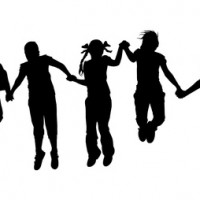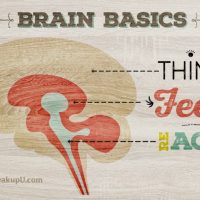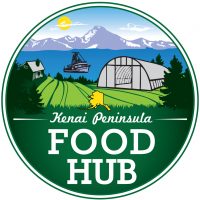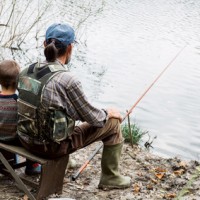
August Newsletter
August 1
MAPP August Newsletter Highlights: Local Public Health Assessment Finalized Trauma Informed Care Learning Cohort to Begin this Fall Girls on the Run Coaches Training +

One service that MAPP provides to our community is outreaching progress and celebrating collaborative work that is improving our community health. Check out our recent articles published in local media, such as the monthly 'RoadMAPP to Health' columns in the Homer News, and our monthly MAPP newsletters.

MAPP August Newsletter Highlights: Local Public Health Assessment Finalized Trauma Informed Care Learning Cohort to Begin this Fall Girls on the Run Coaches Training +

by Kyra Wagner Leaves around town are starting to show signs that fall is on its way. After the crazy busy summers that Alaskans tend to push through, there is Read More

Published on July 7, 2016 in the Homer News I am a beekeeper. I love the dynamics of these tiny social creatures. Really they aren’t that different from humans in Read More

MAPP July Newsletter Includes Updates On: Kenai Peninsula Food Hub LeadOn! Addresses Teen Stereotypes Girls on the Run Volunteers Needed Trauma-Informed Learning Cohort Opportunity

Published on June 2, 2016 in the Homer News So another round of collecting data on our community is coming to an end for MAPP. What were the findings? What Read More